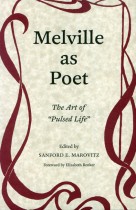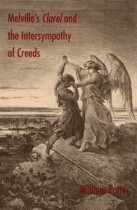Melville and the Visual Arts
Douglas Robillard | Filed under: Literature & Literary Criticism
Throughout his professional life, Herman Melville displayed a keen interest in the visual arts. He alluded to works of art to embellish his poems and novels and made substantial use of the technique of ekphrasis, the literary description of works of visual arts, to give body to plot and character. In carefully tracing Melville’s use of the art analogy as a literary technique, Douglas Robillard shows how Melville evolved as a writer.










